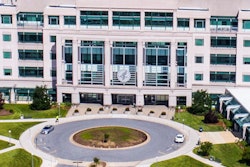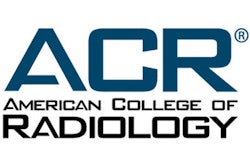
The U.S. government on September 30 issued an interim final rule to implement the No Surprises Act, legislation going into effect in January 2022 that's designed to protect patients from unexpected bills when visiting out-of-network healthcare providers.
Passed in 2020, the No Surprises Act places a limit on a patient's financial obligation for both emergency and nonemergency care when seen by providers outside their healthcare network. As a general rule, a patient's exposure for out-of-pocket expenses will be restricted to the amount they would have paid for services from a provider in their network.
The interim final rule issued on September 30 is the third in a series by the U.S. Department of Health and Human Services and the Office of Personnel Management that implement the No Surprises Act. Previous rules covered the air ambulance industry and consumer protections against surprise billing.
The new rule details how the total payment to an out-of-network provider or facility will be determined. More information on the new rule is available on the website of the U.S. Centers for Medicare and Medicaid Services.
The new rule quickly ran afoul of the American College of Radiology (ACR), however. The ACR charged that the Biden administration has misinterpreted the intent of the "independent dispute resolution" mechanism that the act created.
In particular, the rule's establishment of a health plan's "qualifying payment amount" as the main factor in the arbitration of disputes "will cause large imaging cuts and reduce access to care," an ACR statement claimed.
The ACR urged the Biden administration to revise the rule, and the group said it would work with other provider groups and agencies in the U.S. government to bring the implementation of the law in line with what legislators intended.



















